The World Health Organisation
Founded in 1948, the World Health Organization is a specialised agency of the United Nations, concerned with international public health. It was instrumental in helping to eradicate smallpox and the organisation has decades of expertise.
The WHO remains one of the most authoritative and frequently updated sources there is. It’s an authoritative source for information and updates on the situation with 2019-nCoV, or COVID-19. (The first is the virus that causes the disease, the second the disease.)
If you’re wondering what to believe, there’s even a myth busters page on the site which can be found here.
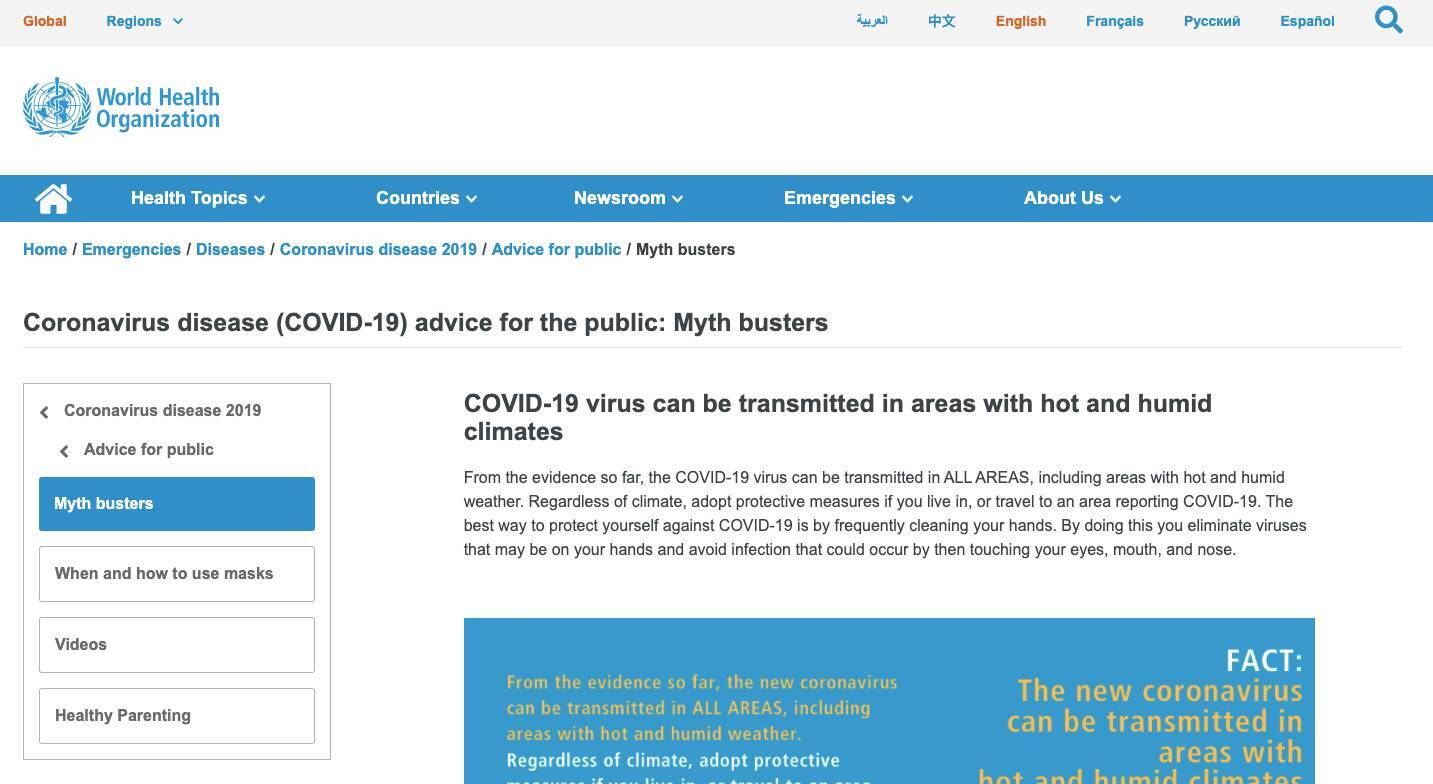
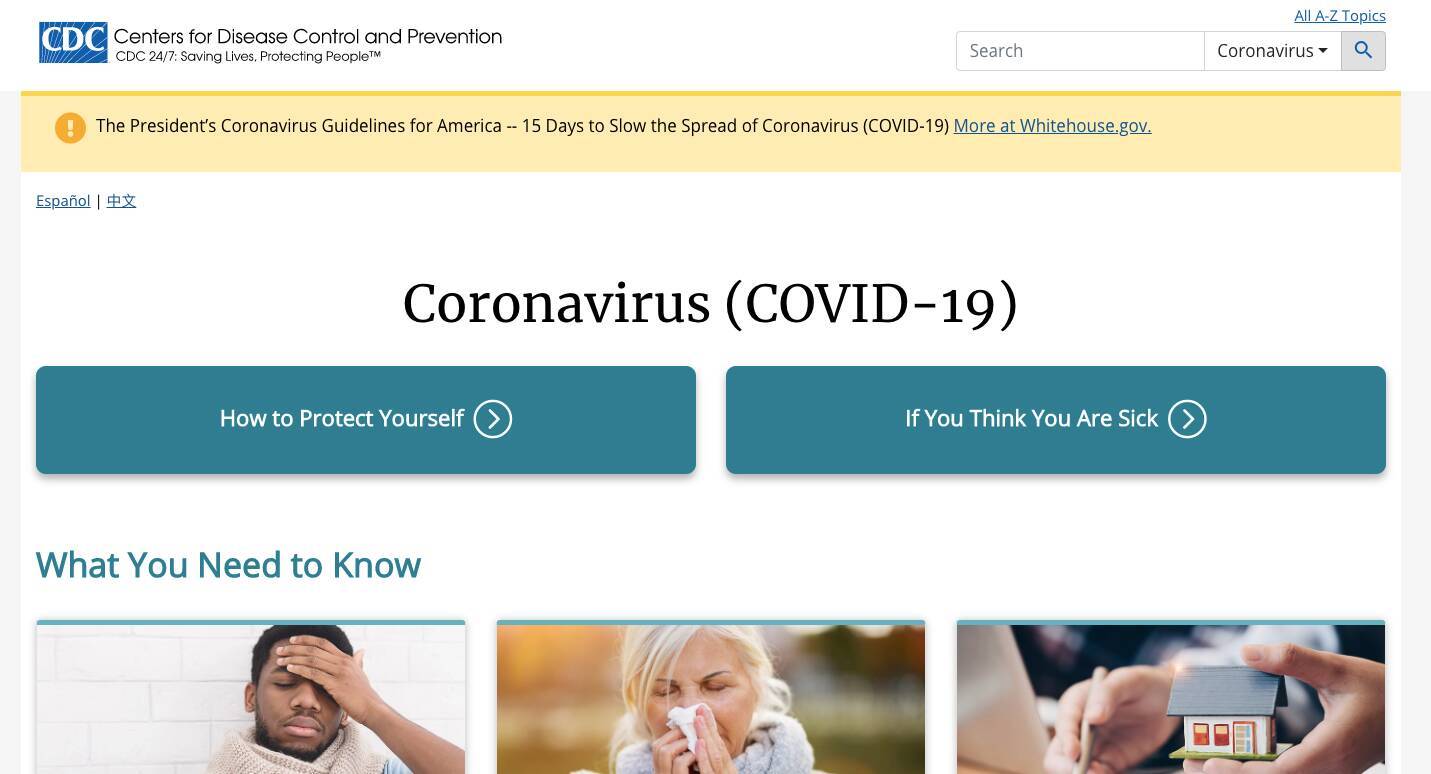
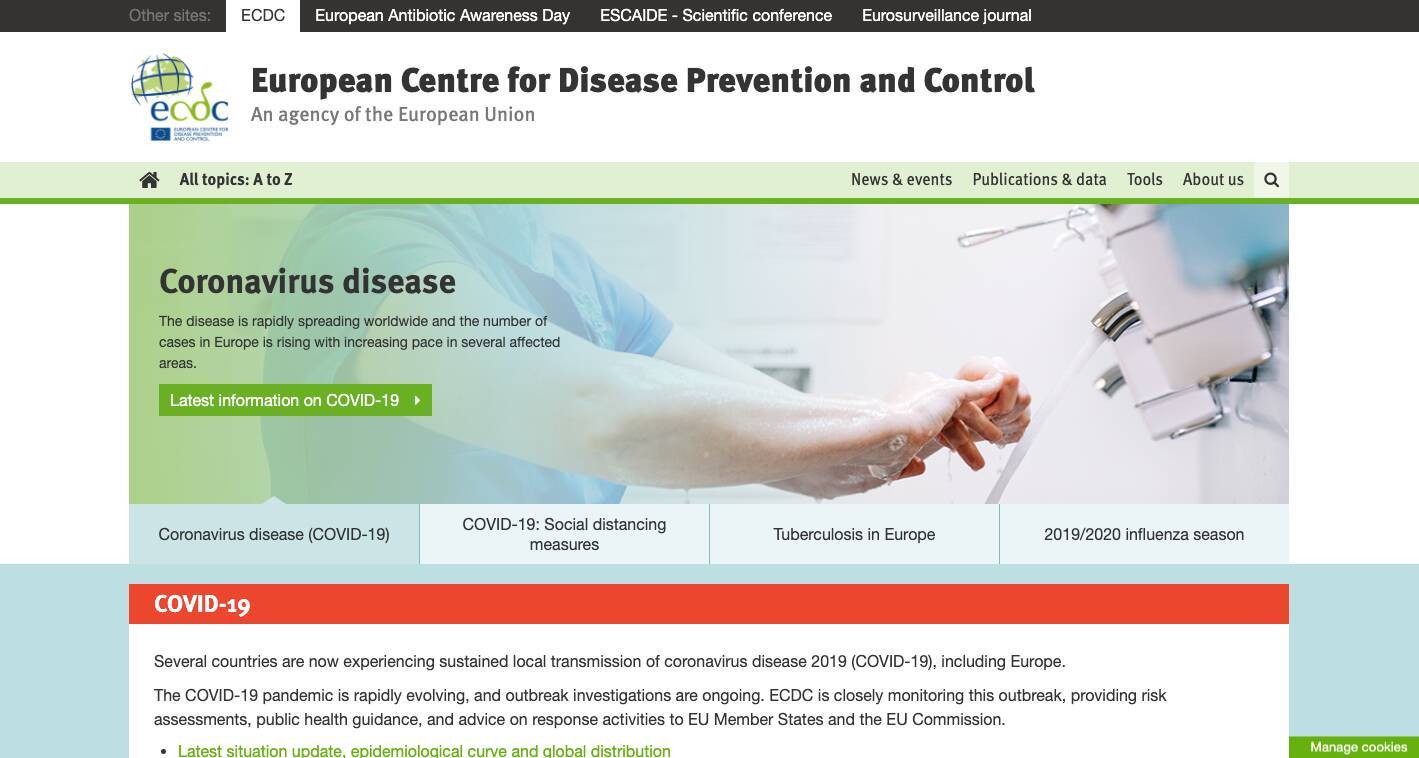
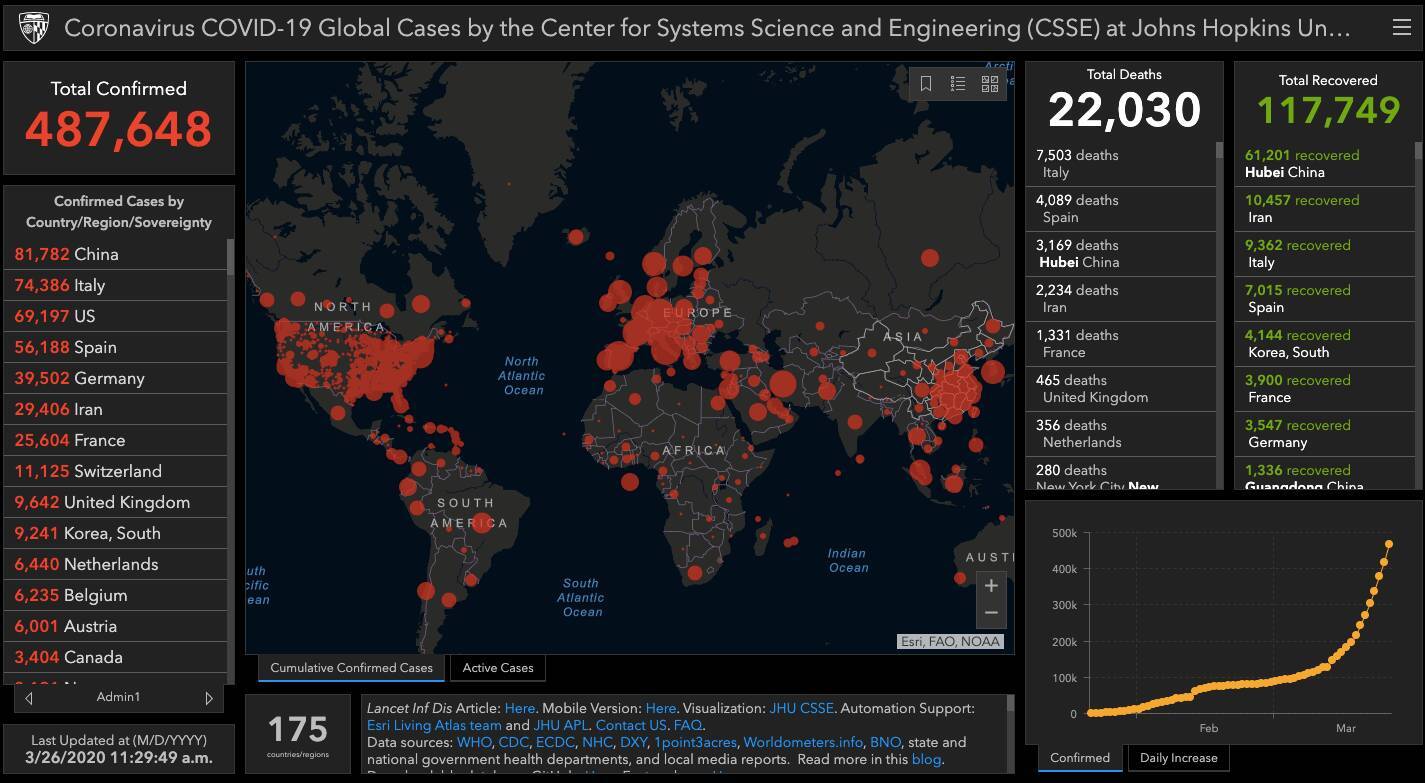

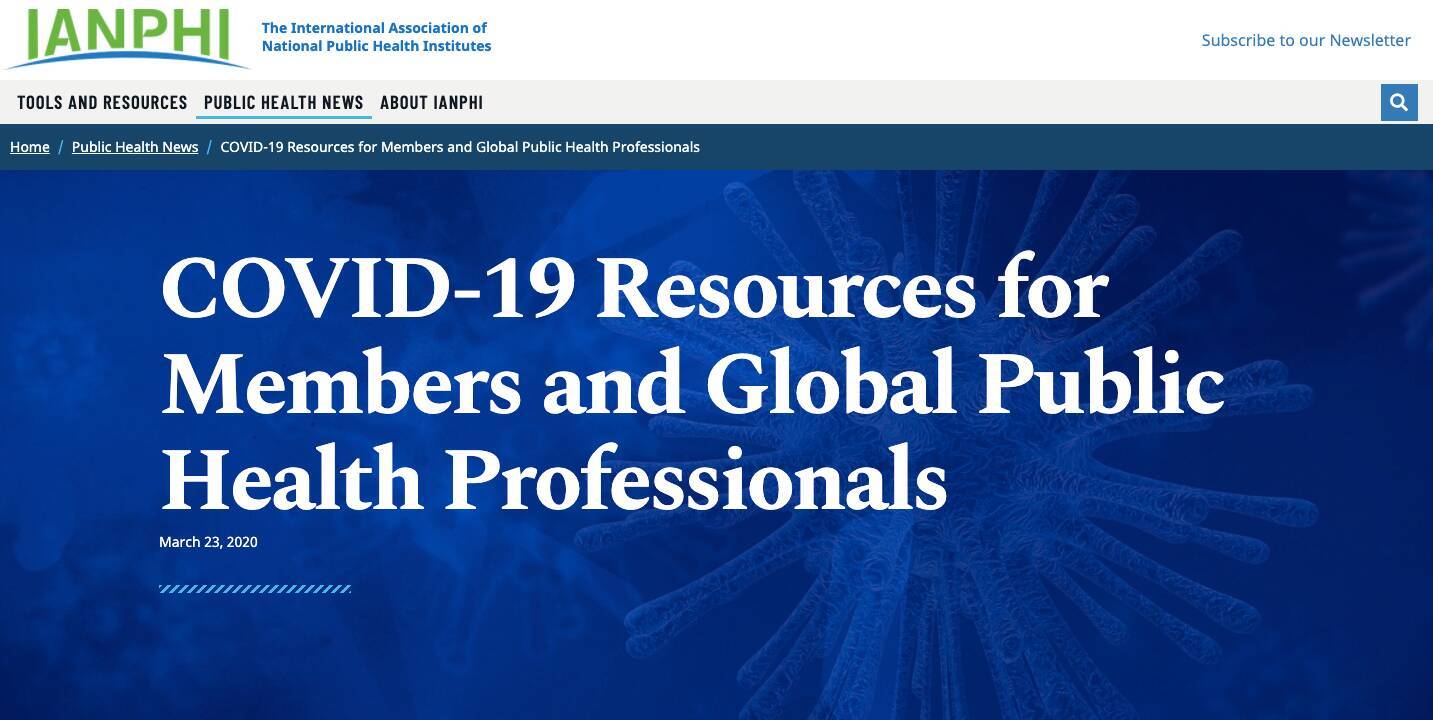






Comments